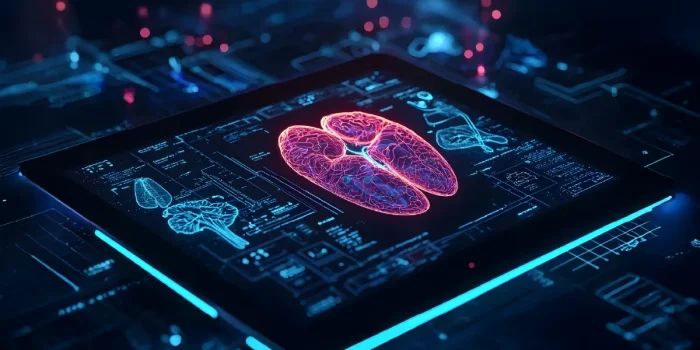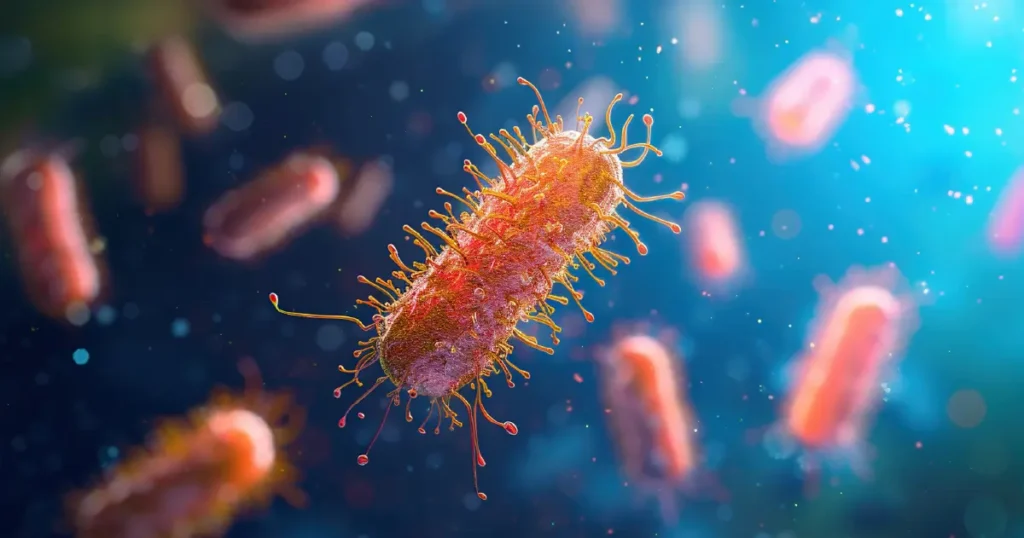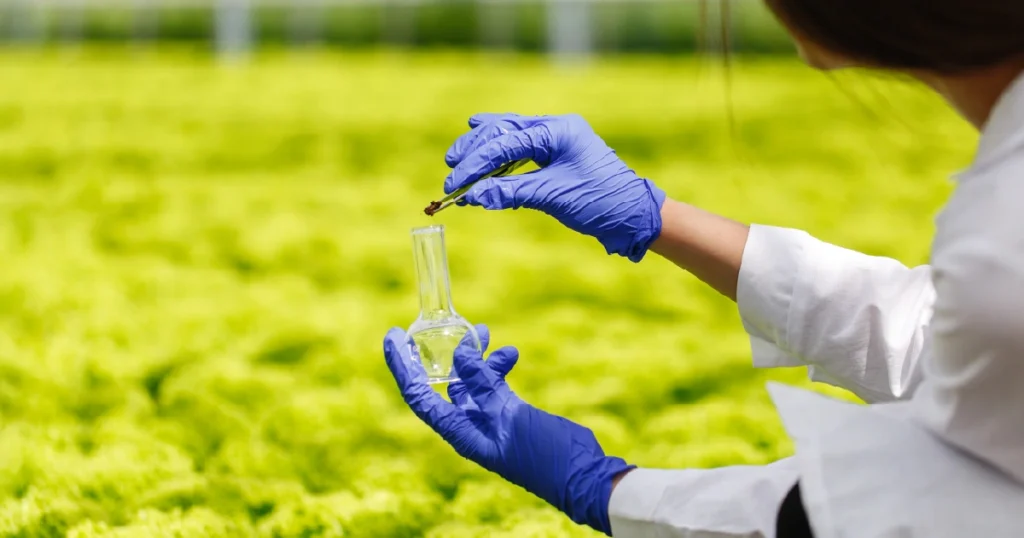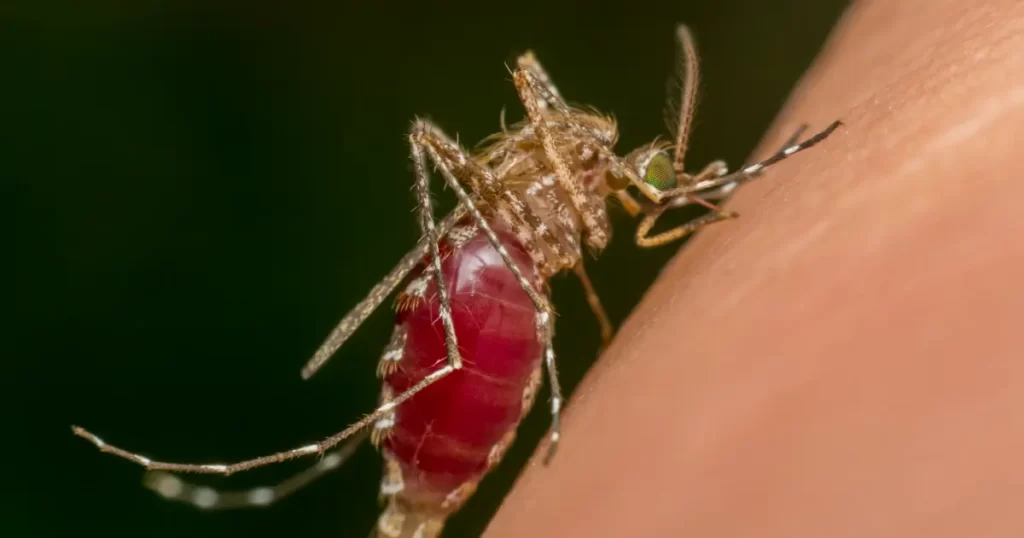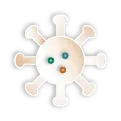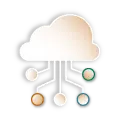Introduction
For decades, animal testing has been the standard method for evaluating the safety of drugs, chemicals, and consumer products. Researchers use millions of animals each year, often in invasive procedures that raise serious ethical concerns. With advances in computing power and machine learning, a critical question emerges:
Can AI and Animal Testing be reconciled, or could artificial intelligence eventually replace the need for animal experiments?
The Problems with Animal Testing
Animal testing has long faced criticism for both ethical and scientific reasons. Ethically, it subjects animals to pain, distress, and premature death. Scientifically, animal models often fail to predict human responses accurately. According to the U.S. Food and Drug Administration, over 90% of drugs that appear safe in animals fail in human clinical trials [1].
Moreover, animal studies are expensive and time-consuming. Developing a single new drug can take more than a decade and billions of dollars, with animal testing forming a major bottleneck.
How AI Offers an Alternative
Artificial intelligence provides a promising pathway to reduce or even replace animal testing. AI systems can analyze vast amounts of biological, chemical, and clinical data to model human biology more accurately than animal studies. For example, machine learning algorithms are now used to predict toxicity, drug interactions, and disease pathways without relying on live animals [2].
In addition, AI can integrate data from genomics, proteomics, and clinical records, creating virtual models of human physiology. These digital simulations, often called “in silico trials,” may one day allow researchers to test thousands of compounds in computers before moving to limited human trials.
AI and Animal Testing in Biomedical Research
Biomedical research is already witnessing the benefits of AI. Neural networks have been trained to detect cancer, design new antibiotics, and predict protein structures—tasks that once required years of experimentation. When combined with lab-grown human tissues and organ-on-a-chip technologies, AI reduces the need for animal models by providing direct human-relevant data [3].
Furthermore, regulatory agencies are beginning to acknowledge AI-driven methods. The U.S. Environmental Protection Agency has committed to reducing reliance on animal testing, with AI-based predictive toxicology playing a central role [4].
Challenges to Full Replacement
Despite its promise, AI is not yet a complete substitute for animal testing. Algorithms are only as strong as the data they are trained on, and gaps in biological knowledge can limit accuracy. Moreover, some complex processes—such as long-term effects on reproduction or environmental interactions—still lack robust AI models.
Ethical concerns also arise around AI itself, such as bias in training datasets and the transparency of algorithmic decisions. Therefore, while AI can dramatically reduce animal use, a hybrid approach combining computational models, cell cultures, and limited animal studies remains likely in the near future [5].
A Path Toward Ethical Science
The ultimate goal is to create a scientific ecosystem where animal testing is no longer necessary. AI, paired with advances in biotechnology, provides a pathway to this future. By investing in data quality, transparency, and international standards, researchers can accelerate the transition toward human-relevant, ethical science.
In addition, public and private funding must prioritize alternatives, ensuring that AI technologies are validated and widely adopted. If embraced fully, AI could shift the paradigm, making animal testing a relic of the past.
Conclusion
The debate over AI and Animal Testing is not just about replacing animals in labs—it is about rethinking the foundations of modern science. While challenges remain, AI already demonstrates the capacity to reduce reliance on animal models, offering faster, cheaper, and more humane methods.
The future of ethical science depends on bridging innovation and compassion. If society commits to this transition, animal testing may one day be replaced not by compromise, but by smarter, more ethical solutions driven by technology.
References
- U.S. Food and Drug Administration (2004). Innovation or stagnation: Challenge and opportunity on the critical path to new medical products. FDA.
- Thomas, R.S., et al. (2019). The next generation blueprint of computational toxicology at the U.S. Environmental Protection Agency. Toxicological Sciences, 169(2), pp. 317–332. https://doi.org/10.1093/toxsci/kfz058
- Jumper, J., et al. (2021). Highly accurate protein structure prediction with AlphaFold. Nature, 596(7873), pp. 583–589. https://doi.org/10.1038/s41586-021-03819-2
- U.S. Environmental Protection Agency (2019). Administrator memo: Directive to prioritize efforts to reduce animal testing. EPA.
- National Research Council (2007). Toxicity Testing in the 21st Century: A Vision and a Strategy. Washington, DC: National Academies Press. https://doi.org/10.17226/11970

